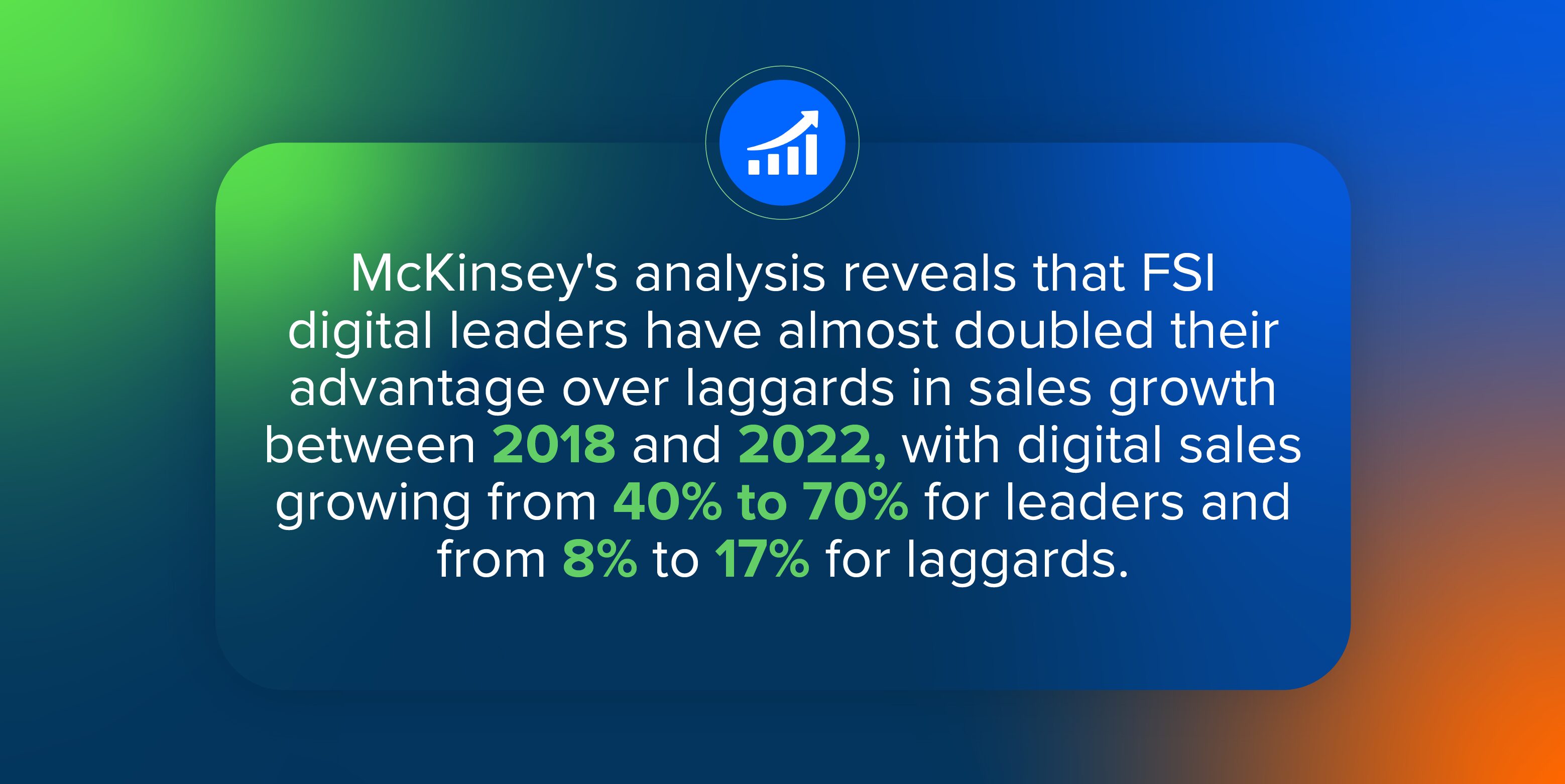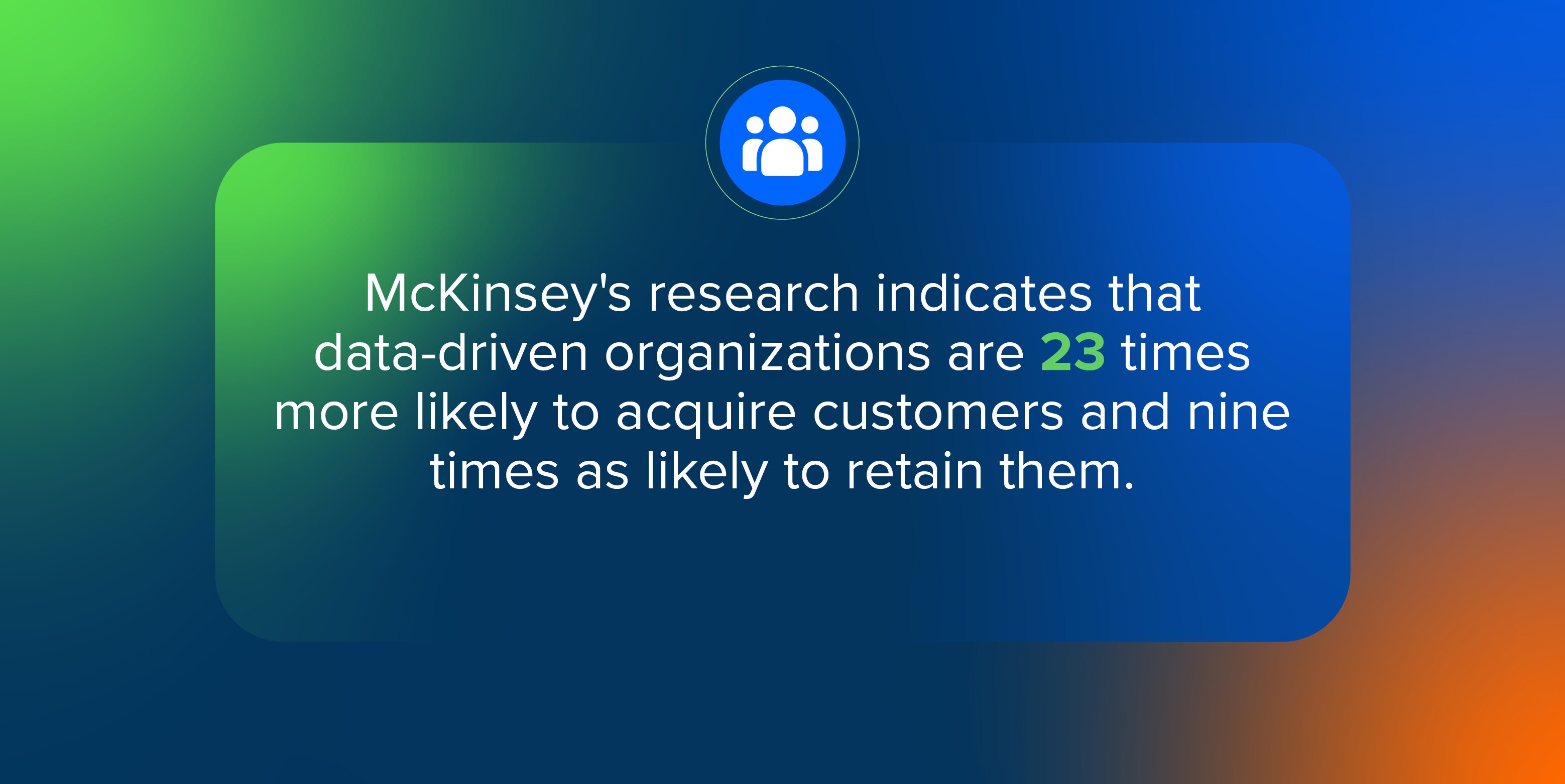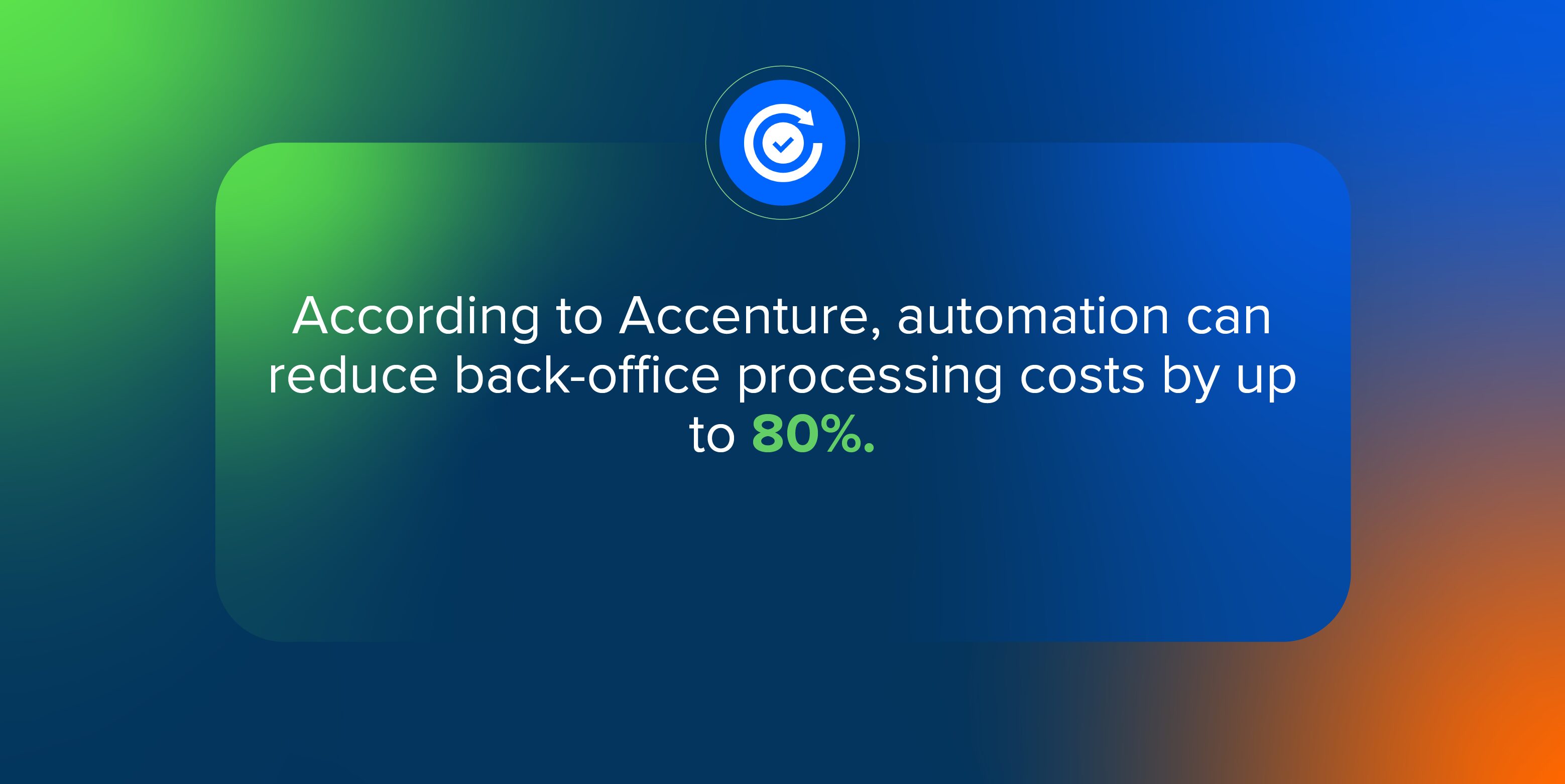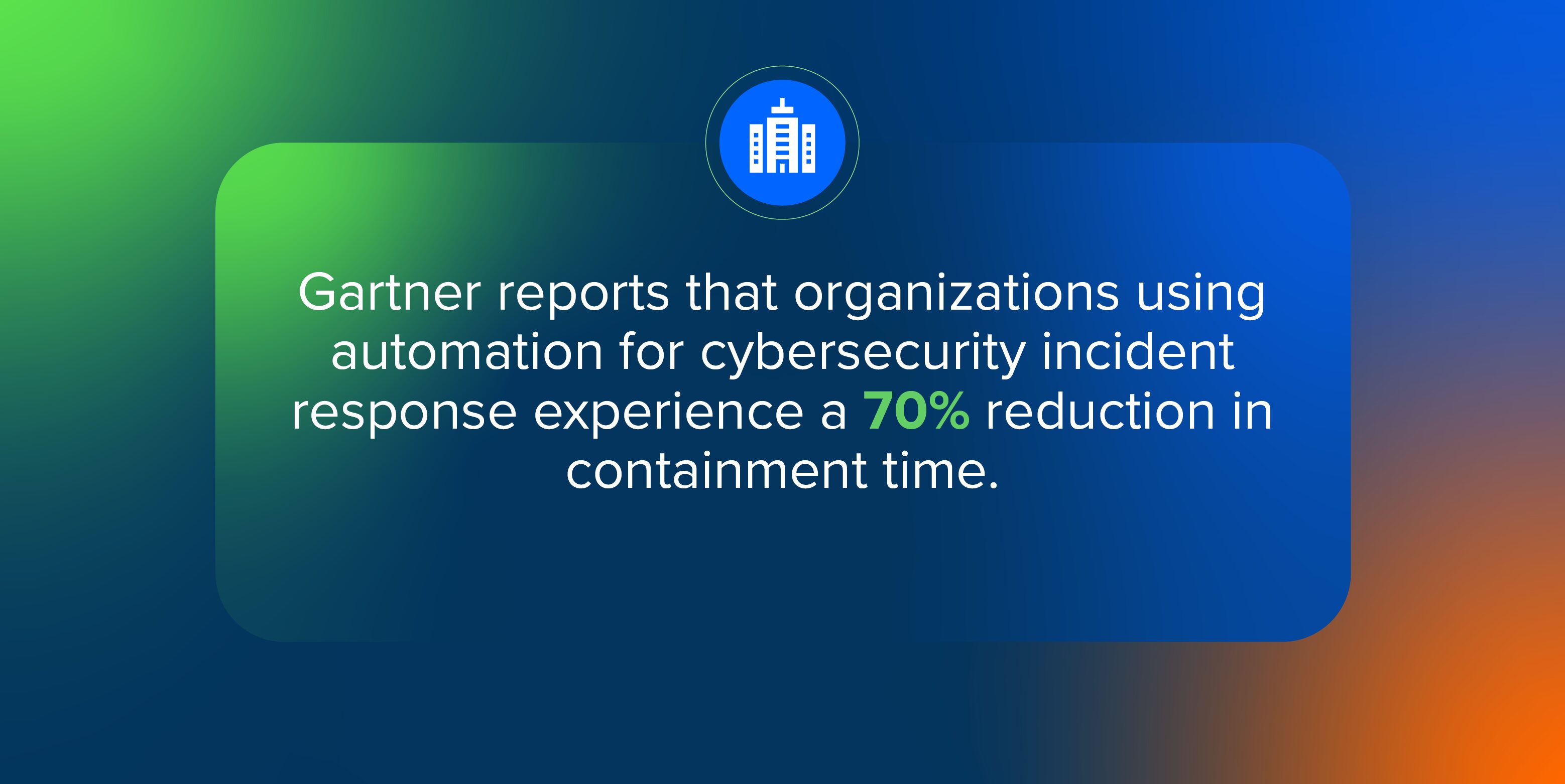As the Financial Services Industry (FSI) evolves at an unprecedented pace, CIOs at banks and credit unions find themselves at a crossroads. The mandate is clear: achieve top-line growth while concurrently reducing operational costs. In this digital era, automation emerges as a strategic imperative, offering a nuanced solution to this seemingly paradoxical challenge.
Today, we delve into the intricacies of leveraging automation to align with the dual objectives of top-line growth and operational cost reduction.
The Landscape: Navigating Complexity
The FSI clients we work with are grappling with multiple challenges driven by regulatory changes, security concerns, unpredictable interest rate dynamics, and intensifying digital customer expectations. The pressure on CIOs to innovate and simultaneously streamline operations has never been more intense.
In response, Gartner estimates that IT spending in the FSI sector is projected to increase by 5.7% in 2024; and much of that will be dedicated to automation initiatives.
Achieving Top-Line Growth
Automation, when strategically deployed, has strong potential to drive top-line growth. McKinsey’s analysis reveals that FSI digital leaders have almost doubled their advantage over laggards in sales growth between 2018 and 2022, with digital sales growing from 40% to 70% for leaders and from 8% to 17% for laggards. Key areas where CIOs need to harness automation for growth are described below.

Enhanced Customer Experience
Leveraging automation to personalize customer interactions, streamline onboarding processes, and offer proactive financial advice can significantly enhance the customer experience. Intelligent chatbots, powered by machine learning algorithms, can engage customers in real-time, providing personalized solutions and driving customer loyalty.
We have implemented automation solutions to compress time and enhance customer experience for deposit and loan product onboarding, with the result being higher satisfaction, improved cash flow, and reduced risk.
Data-Driven Decision-Making
In an era dominated by data, CIOs can harness automation to derive actionable insights from vast datasets. McKinsey’s research indicates that data-driven organizations are 23 times more likely to acquire customers and nine times as likely to retain them. Automation tools powered by artificial intelligence can analyze customer behavior, market trends, and operational metrics, empowering FSI organizations to make informed decisions that drive top-line growth.
For example, a data lake we created to automate commercial loan covenant data analysis enabled a large FSI to redeploy Portfolio Managers from data crunching work to loan production; with the result being a 23% loan growth outcome.

Reducing Operational Costs
While pursuing top-line growth is essential, CIOs must also navigate the imperative of reducing operational costs. Gartner’s analysis underscores the significance of cost optimization, with IT spending often representing a substantial portion of a financial institution’s budget. Automation offers a compelling solution to achieve operational efficiency.
Manual, repetitive tasks in the back and middle office can be a significant drain on resources. According to Accenture, automation can reduce back-office processing costs by up to 80%. CIOs can deploy robotic process automation (RPA) to automate routine tasks such as data entry, reconciliation, and compliance checks, freeing up human capital for more strategic, value-added activities.

A loan origination solution we implemented for a large mortgage originator resulted in substantial cost reduction through automation of customer information (structured and unstructured data) vetting, integration with a Loan Origination System, underwriting and pricing.
Optimized IT Infrastructure
McKinsey highlights that legacy IT systems often represent a significant portion of operational costs for financial institutions. CIOs can leverage automation to optimize and modernize IT infrastructure, achieving cost savings through increased efficiency and reduced downtime.
The adoption of infrastructure automation tools enables the dynamic scaling of resources based on demand, optimizing costs while ensuring a resilient IT environment. This benefit is especially important as workloads (business and IT) unpredictably change in line with interest rate dynamics.
When considering the implementation of automation to fuel infrastructure cost optimization, our support to FSI leaders has focused on these areas.
- Cloud Storage: Embracing cloud storage not only enhances user experience by facilitating prompt data delivery but also fortifies data security, particularly in the face of potential physical threats to on-site facilities. The seamless movement of data through cloud servers minimizes the risk of data loss due to friction across various stages.
- Virtualization: The adoption of virtualization contributes significantly to cost reduction across multiple fronts. It results in diminished infrastructure costs, lower maintenance expenses, decreased reliance on physical equipment, and, ultimately, a reduction in power bills and firmware expenses.
- Outsourcing: Entrusting infrastructure-related tasks to an outside partner can drive reduction in costs of infrastructure consumption and the flexibility to redeploy valuable internal resources to more strategic initiatives.
Incorporating these considerations into infrastructure cost optimization strategies empowers organizations not only to enhance operational efficiency but also to adapt proactively to the dynamic landscape of technology and business.
Enhanced Security and Compliance
As the financial industry contends with an evolving regulatory landscape, ensuring compliance is paramount. Automation, particularly in the realm of cybersecurity risk management, can bolster a bank’s defenses while minimizing the risk of human error.
Gartner reports that organizations using automation for cybersecurity incident response experience a 70% reduction in containment time. By automating routine security tasks and continuously monitoring for compliance, CIOs can mitigate risks and reduce the costs associated with regulatory penalties.

Banks face potential threats exposing their business, customers, investors, partners, and team members to serious risk. Mitigating risk is always more manageable and affordable than managing an incident that has happened.
Automation can play a vital role in managing the following cybersecurity challenges and risks of FSIs:
1. Third-Party Apps and Personnel Access:
– Challenge: The use of third-party apps and plugins, as well as granting access to external personnel within a bank’s premises, poses a heightened risk of data criminalization.
– Risk: Cybercriminals will exploit vulnerabilities, leading to significant data leaks. Additionally, individuals with malicious intent can pilfer data for purposes such as marketing, compromising data privacy.
2. Mergers & Acquisitions:
– Challenge: When banks undergo mergers and acquisitions, the sharing of data and software exposes both entities to substantial risk of data theft.
– Risk: Datasets may hold varying degrees of criticality for different owners, and the exchange of such information might not be managed efficiently, potentially leading to severe data security issues.
3. Software Development Life Cycle and Change Management:
– Challenge: Changes occurring after the software development life cycle can result in altered environments, paving the way for unauthorized exchanges of critical stages like planning, design, coding, testing, integration, and maintenance.
– Risk: Any oversight in the transition process can not only result in security breaches but also lead to widespread system failures if not executed with meticulous care.
4. Antiquated Technologies and End-of-Life Systems:
– Challenge: Financial institutions adhering to DevOps practices often outperform legacy models by focusing on the continuous delivery of products and timely software upgrades. Yet, many FSIs lack the capacity or capability of IT expertise to drive the automation of DevOps.
– Risk: Larger financial institutions grappling with outdated technologies face a substantial challenge in keeping pace. The lack of continuous upgrades may not only hinder competitiveness but also expose vulnerabilities that could be exploited by malicious actors.
In addressing these areas, our services and solutions have introduced automation to enhance cybersecurity practices, reduce risks, safeguard sensitive data, and maintain the integrity of key systems.
The Path Forward: A Holistic Approach to Automation Through a Strategic Vision
CIOs must adopt a holistic approach to automation to successfully navigate the competing objectives of top-line growth and operational cost reduction. McKinsey emphasizes that successful automation initiatives require a clear strategy, robust change management, and a culture that embraces innovation.
CIOs must articulate a clear and comprehensive automation strategy aligned with the organization’s business objectives. This involves identifying key areas for automation, assessing the impact on employees, and establishing metrics to measure success.
Our work to develop an automation program for a diverse set of FSIs has included delivery and deliverables in the following areas:
- Vision and Objectives
- Governance
- Process Optimization and Consistency
- Automation Architecture
- Solution Development, Integration, and Maintenance
- Automation Platform Management
- Risk and Change Management
Conclusion
In conclusion, the strategic deployment of automation holds the key for CIOs in the banking sector to address the dual imperatives of top-line growth and operational cost reduction.
At System Soft, we encourage our partners in the financial industry to embrace automation as a strategic enabler. By focusing on personalized customer experiences, optimized IT infrastructure, and enhanced security, CIOs will position their banks for success in a rapidly evolving digital landscape.
About the Author: Stephen Moritz

Stephen Moritz serves as the Chief Digital Officer at System Soft Technologies. Steve, an avid warrior of fitness and health, champions driving business transformation and growth through the implementation of innovative technology. He often shares his knowledge about Digital Marketing, Robotic Process Automation, Predictive Analytics, Machine Learning, and Cloud-based Services.

